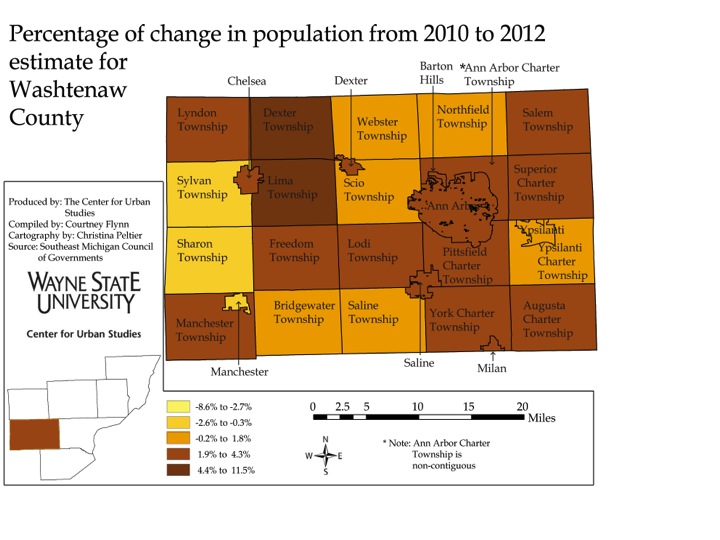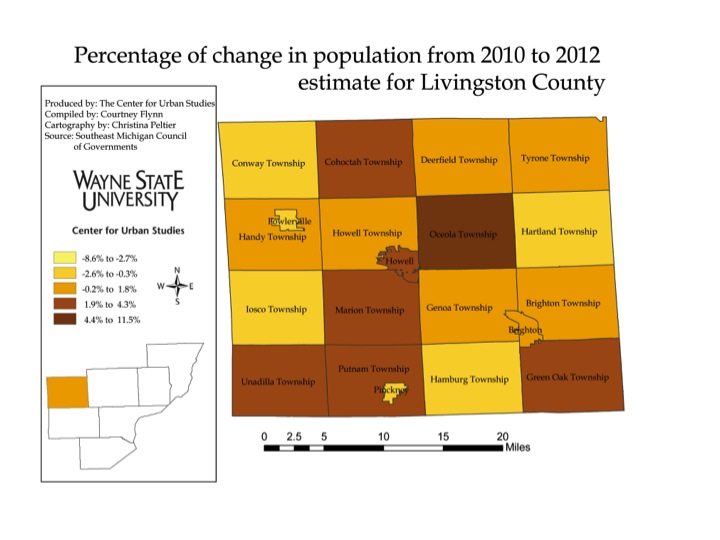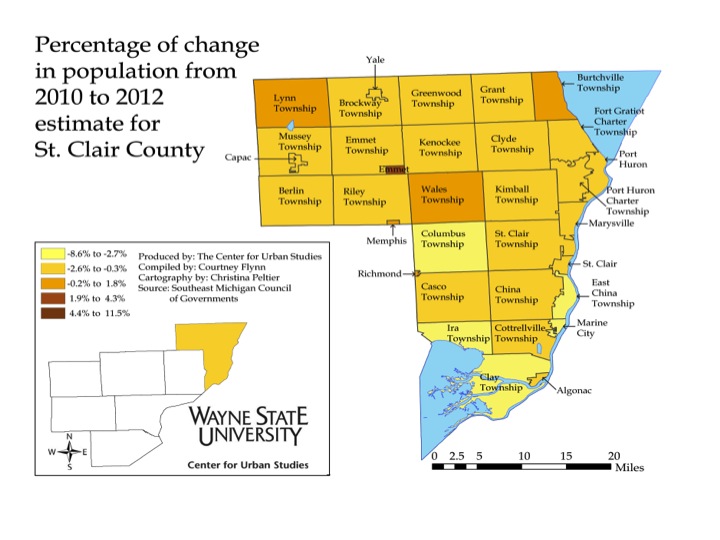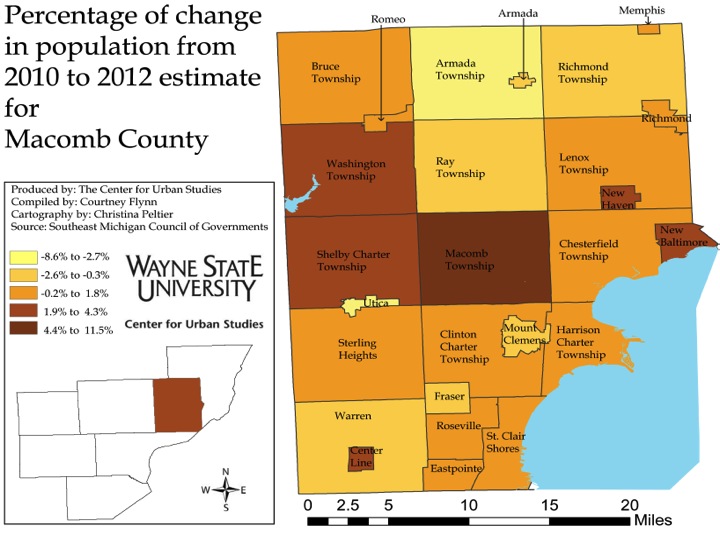In the state of Michigan, residents age 18 and older are legally allowed to purchase a pistol(1) with a purchase license from a private seller. At the age of 21, residents are allowed to purchase a firearm(2) from a Federal Firearms License dealer. However, no license is required to purchase a long gun(3) but the purchaser must be 18 years of age or older and have no criminal or mental illness health history.
Despite the decline in population in the Metro-Detroit area, the number of total gun permits and concealed pistol permits issued has been increasing substantially. This increase began in 2005 for Detroit and Wayne County and in 2007 for Oakland and Macomb counties.
(1)A pistol is a handgun where the chamber is integrated into the barrel.
(2)A firearm which is a portable, barreled weapon that launches one or more projectiles.
(3)A long gun is in the category of firearms where the barrel is longer and the gun itself is meant to braced against the shoulder while firing.

The above chart shows the rate, per 100,000 residents, of the total number of gun permits issued in 2012. This rate is based on the December population estimates released from the Southeastern Michigan Council of Governments. As can be seen, Macomb County had the highest rate of gun permits issued in 2012 at 3,189 and Detroit had the lowest at 1,227.

The total number of gun permits issued in the City of Detroit began to increase in 2005 when 3,486 permits were issued. By 2012, 8,406 permits were issued despite the city’s declining population. By the end of April in 2013, 3,076 permits were issued, according to information provided by Michigan State Police.
Like the City of Detroit, the total number of gun permits issued in Wayne County also began to increase to in 2005. In that year 16,212 permits were issued and in 2012, 41,522 were issued, again in the context of a declining population. In 2012, 20 percent of the gun permits issued in Wayne County were issued in Detroit. By the end of April in 2013, 18,034 permits were issued, according to the Michigan State Police.
Since 1990, the total number of gun permits issued in Macomb County has consistently been below the number of permits issued in Wayne County. However, while the population in Wayne County has been declining, Macomb County’s population has been increasing, as have the total number of gun permits issued. Still the rate of gun permits in Macomb is much higher than the other counties. The number of permits issued in Macomb County began to increase in 2007. In that year, 11,564 were issued and in 2012, 27,906 were issued. By the end of April of 2013, 12,973 gun permits were issued.
The total number of gun permits issued in Oakland County since 1990 has also been below the number of permits issued in Wayne County. However, more permits have been issued in Oakland County than Macomb County, with the exception of 1997 and 1998. Along with the increasing number of gun permits issued in Oakland County, the population has also been increasing. The number of permits issued in Oakland County began to increase in 2007; that year, 15,211 were issued. By 2012, 342,624 were issued and by the end of April in 2013, 16,467 were been issued, according to the Michigan State Police.

To obtain a concealed pistol permit in the state of Michigan, one must be at least 21 years old and have been a Michigan resident for at least six months prior to applying for the license. The applicant must also have also completed a pistol training course and not have been convicted of a felony, a violent crime, or certain misdemeanors. An applicant must also be mentally stable, which means not having been committed for mental illness, being diagnosed with a mental illness or been charged with a crime where mental illness was deemed a factor. Exact details on the type of misdemeanors an applicant cannot have been convicted of within a certain time frame, along with other specifics on applying for a permit, can be found at Michigan.gov.
When a person obtains a concealed pistol permit, he or she is still not allowed to carry the weapon in federal buildings, schools, daycare centers, child-related centers and agencies, hospitals, dormitories, religious centers, sports arenas, bars, and dormitories and classrooms of colleges and universities.
While Macomb County had the highest rate of total gun permits issued in 2012, it had the lowest rate, per 100,000 residents, of concealed pistol permits issued. The rate at which concealed pistol permits were issued in 2012 for Macomb County was 988 per 100,000 residents. For Oakland County the rate was 1,012 and for Wayne County it was 1,017.
The number of concealed pistol permits issued for the City of Detroit was not available on the Michigan State Police website.

The total number of concealed pistol permits issued over the years has followed the same increasing trend as the number of gun permits. The data on the number of concealed pistol permits issued is tracked annually from July 1 to June 30. Overall, there has been a higher number of concealed pistol permits issued in Wayne County than Oakland and Macomb counties. In 2012, 18,195 were issued in Wayne County, 12,407 were issued in Oakland County and 8,395 were issued in Macomb County.




































































